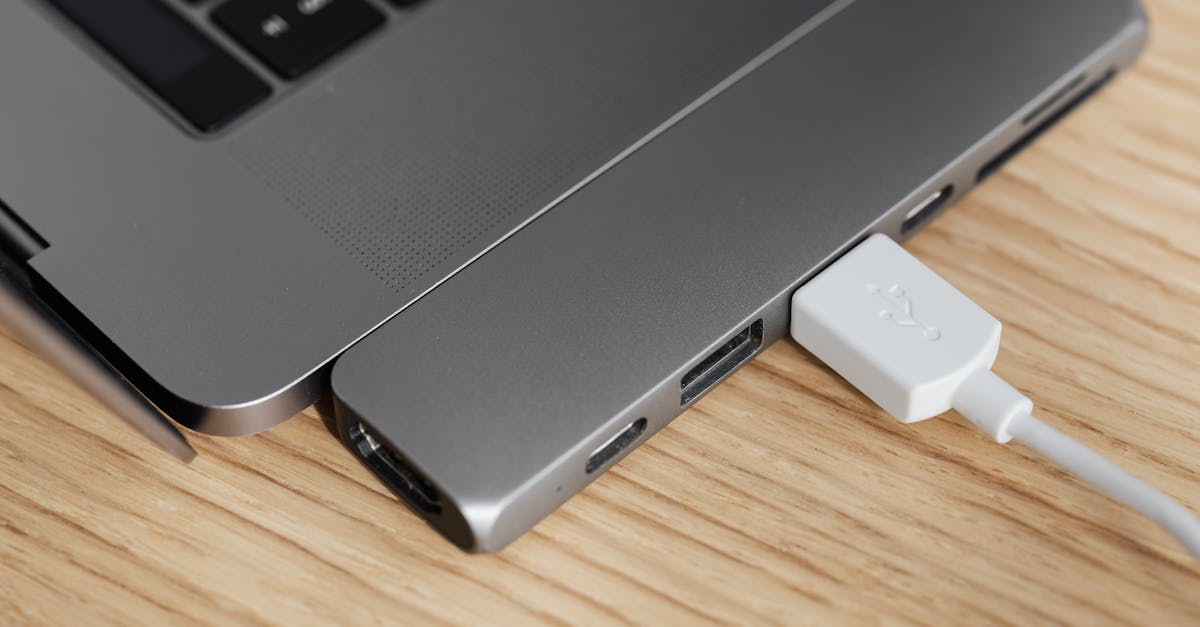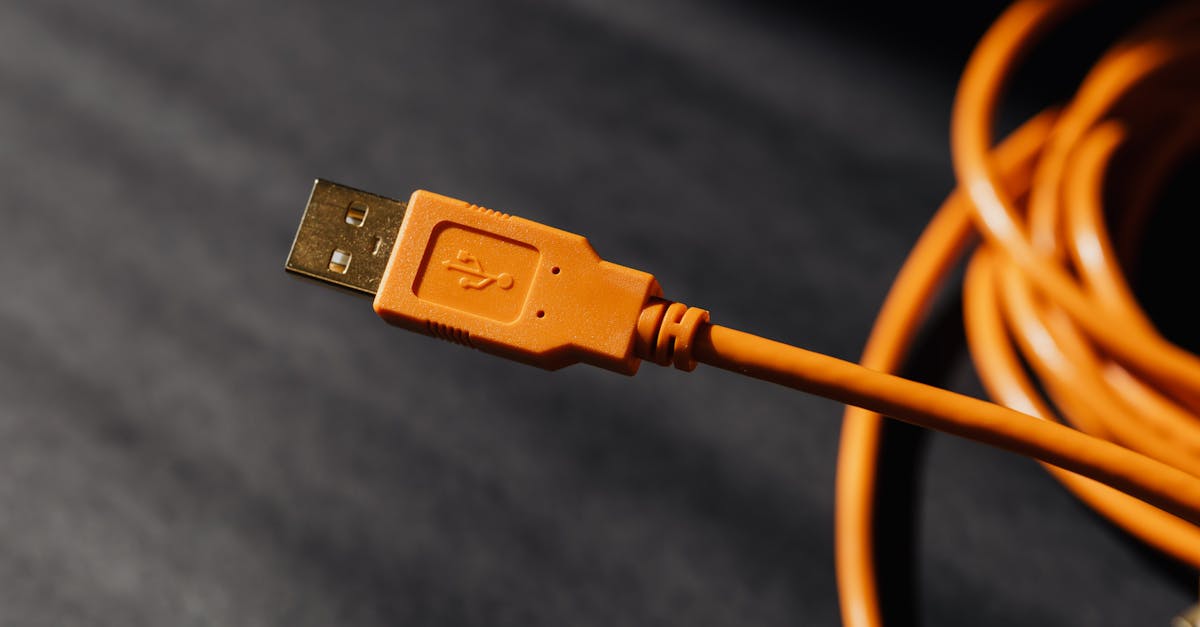Picture this: Researchers and entrepreneurs sitting at opposite ends of a dance hall, shyly looking at each other but never taking the plunge. Then, enter the Innovation Law of 1999, our enthusiastic matchmaker, determined to get these two on the dance floor. Fast forward to 2018, a makeover à la Pacte Act sprinkled further charm, birthing incubators and paving the entrepreneurial path for researchers without tripping over potential conflicts of interest. Now, a quarter of a century later, we’re raising our glasses to a thriving ecosystem of 4,500 startups and 85,000 jobs, all thanks to a little nudge and perhaps a dance or two with the help of innovation contests like i-PhD, i-Lab, and i-Nov. Here’s to 25 years of technology transfer – innovation’s own rom-com success story!
Over the past 25 years, the Innovation Law has fundamentally transformed the landscape of technology transfer by fostering a strong connection between the economic sector and researchers. Initially enacted in 1999 and revamped in 2018 with the Plan d’action pour la croissance et la transformation des entreprises, this legislation has paved the way for the emergence of public research incubators. By granting researchers the status of entrepreneurs, it has enabled the creation of numerous spin-offs derived from scientific research, mitigating potential conflicts of interest.
This legislation has catalyzed the formation of an ecosystem comprising 4,500 startups and creating 85,000 jobs nationally. Key initiatives like the i-PhD, i-Lab, and i-Nov competitions have played pivotal roles, supported by financial backing from Bpifrance. The success stories of startups like Innov & Sea, Ecoat, and ExactCure illustrate the journey from groundbreaking research to entrepreneurial success.
The story is an inspiring exhibition of the collaboration between legislation, innovation, and entrepreneurship, proving that technology transfer is the bedrock of our modern innovation ecosystem.

The journey of technology transfer in France began with a mismatch: researchers and businesses were like cats and dogs, never quite seeing eye to eye. Until the magical year of 1999 arrived and, abracadabra, the Innovation Law popped into existence! This legislation helped kickstart public research incubators, like an electric shock to the ecosystem, allowing nerdy researchers to morph into suave entrepreneurs. The law was revised in 2018 by the PACTE Law, creating a harmonious symphony for the research world, paving the way for researchers to become intellectual rockstars while skillfully sidestepping conflicts of interest.
Table of contents
ToggleFrom budding researchers to thriving entrepreneurs
The evolving landscape of technology transfer has blossomed a vibrant ecosystem of over 4,500 startups, contributing to 85,000 jobs across the nation. At the heart of this growth spurt are competitions like i-PhD, i-Lab, and i-Nov that offer financial support through key innovation contests. Picture Pauline Cotinat, armed with an eco-responsible test for cosmetic products called Viridis, planting the green flag for her company, Innov & Sea, right in the middle of the startup battlefield. This tale of success is reflected by a cushy revenue of €105k in its first year, more lucrative than finding change under three sofas.
leveraging contests for success and growth
As demonstrated by tech mavericks, such as Olivier Choulet from Ecoat, winning a contest is like striking a gold vein in the startup universe. Sure, technology may only account for 10% of the battle, but these contests provide a gravitational pull for investment opportunities, drawing in experienced commercial Jedi knights to complete your enterprise ensemble. Meanwhile, Frédéric Dayan from ExactCure reminds us that a startup’s trophy cabinet speaks volumes, but mastering the tightrope walk between technology and business is what truly keeps the lights on. Such are the tales of innovators who navigate the turbulent seas of entrepreneurial ventures with the wind of contests in their sails.














